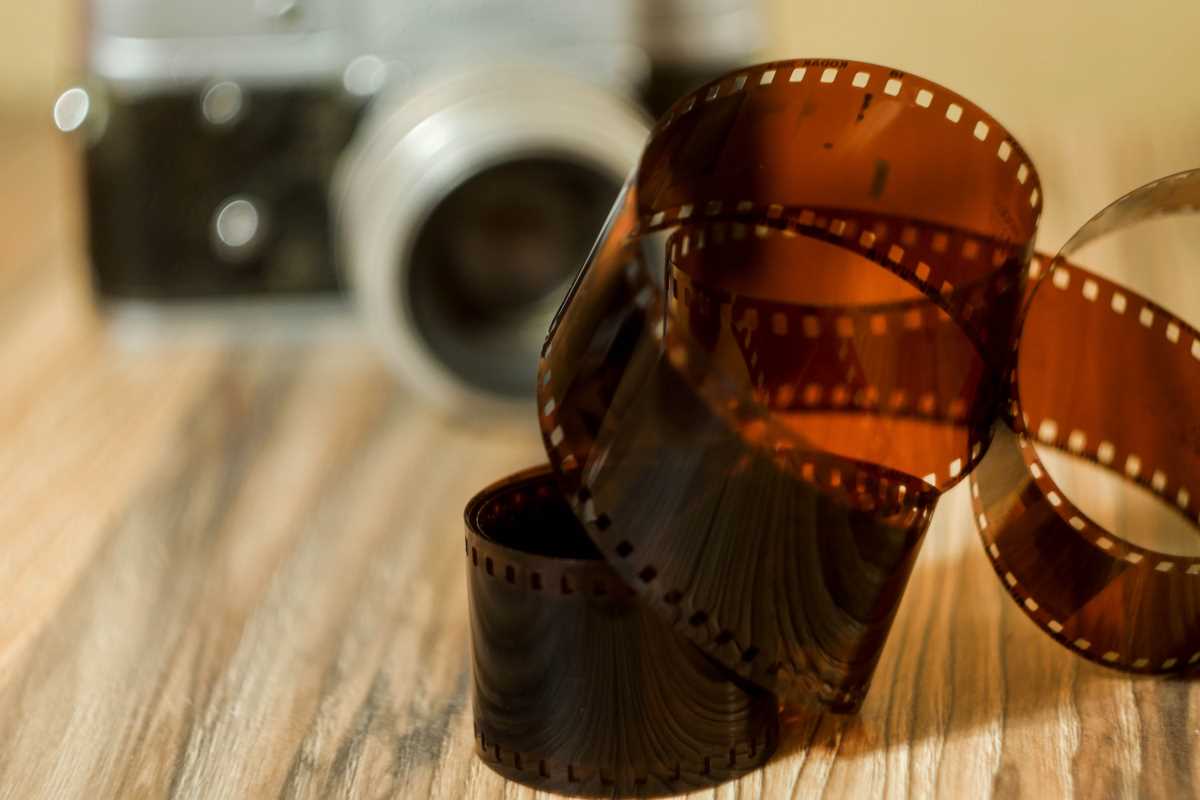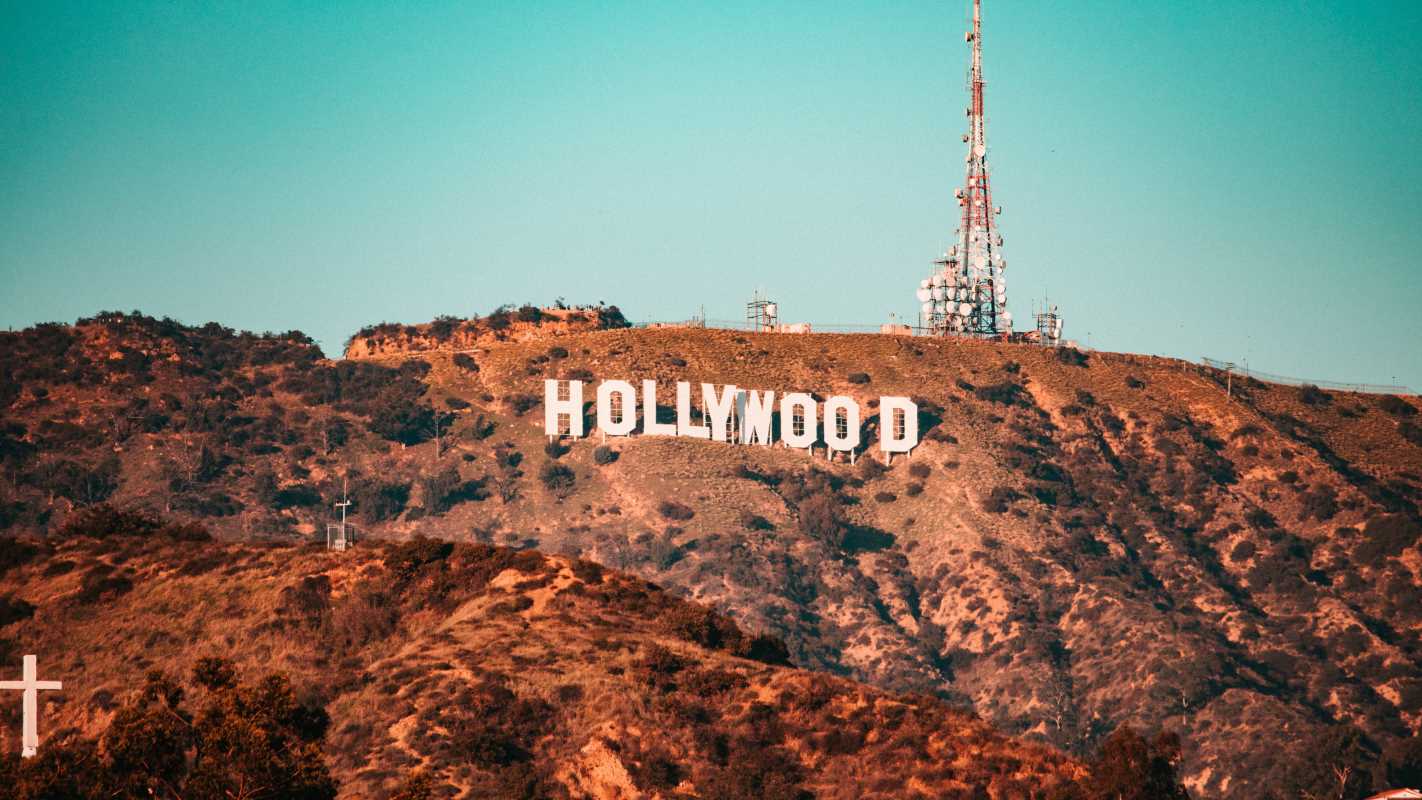Documentary filmmaking has long been a powerful medium for storytelling, often used to educate, inform, and challenge prevailing narratives. However, in recent years, a distinct genre of documentaries has emerged—archive-driven films that rely heavily on existing footage, photographs, and documents to craft compelling stories. These films are reshaping how history is understood and presented to modern audiences, offering fresh perspectives, revisiting long-forgotten events, and providing a deeper understanding of the past. Archive-driven documentaries are changing narratives by challenging historical accuracy, engaging with memory and trauma, and democratizing access to historical content.
The Role of Archives in Documentary Filmmaking
The term "archive" refers to any collection of historical records, whether they be film footage, photographs, audio recordings, or written documents. Traditionally, these materials have been preserved and curated by institutions such as libraries, museums, or governmental bodies. With the rise of digital technology, however, the accessibility of archives has exploded, enabling filmmakers to tap into a wealth of materials from across the world and throughout history. These archives serve as invaluable resources for documentary filmmakers, allowing them to piece together narratives that were previously inaccessible or forgotten.
Archive-driven documentaries rely on historical materials as their primary storytelling tool. Instead of relying on contemporary interviews, narration, or re-enactments, these films tell their stories through found footage. This approach can give the documentary an authentic and raw feel, as the footage represents real people and events. This use of archival footage, combined with modern-day commentary or analysis, offers a potent way to engage with the past while drawing connections to present-day issues.
Challenging Historical Accuracy
One of the significant ways archive-driven documentaries are changing narratives is by challenging historical accuracy and authority. In many instances, historical narratives have been shaped by those in power—often resulting in the omission or distortion of events, particularly those related to marginalized communities. Archival footage can reveal hidden stories, provide alternative viewpoints, and correct the historical record.
For instance, in the documentary 13th (2016) directed by Ava DuVernay, archival footage is used to explore the systemic racism embedded within the U.S. criminal justice system, specifically focusing on the mass incarceration of African Americans. DuVernay uses footage from historical events such as protests, news reports, and speeches to challenge the accepted narrative surrounding crime and race in America. By bringing previously ignored or underrepresented perspectives into the forefront, archive-driven documentaries encourage audiences to reconsider history from a more inclusive standpoint.
Similarly, The Act of Killing (2012), directed by Joshua Oppenheimer, employed archival footage to confront the perpetrators of the 1965–1966 Indonesian mass killings. The documentary uses archival materials to juxtapose reenactments of the atrocities with interviews with the perpetrators, effectively exposing the gap between their fabricated version of history and the historical truth. In doing so, the film not only challenges the official narrative but also invites a broader discussion about collective memory and historical revisionism.
Engaging with Memory and Trauma
Archive-driven documentaries are also profoundly effective at engaging with memory, trauma, and the way individuals and societies remember the past. By using archival materials, filmmakers can access raw, unmediated moments of history, offering a direct connection to collective memory. These films allow for a more nuanced exploration of trauma, memory, and identity, especially for communities that have been silenced or marginalized by dominant narratives.
A prime example of this is the film The Look of Silence (2014), also directed by Joshua Oppenheimer. A companion piece to The Act of Killing, this documentary takes the form of an intimate examination of a family member of a victim of the Indonesian massacres. The film uses archival footage alongside modern-day interviews to probe the deep trauma caused by these events and the difficulties of confronting a history that has been largely suppressed. By using archival materials, Oppenheimer allows viewers to witness the brutality of the past, while also confronting the deep psychological scars it leaves on individuals and society.
Waltz with Bashir (2008), an animated documentary directed by Ari Folman, employs archival footage and animation to explore the director’s own memories of the 1982 Lebanon War. The film blends animation with archival materials to create a deeply personal exploration of memory and the trauma of war. The juxtaposition of animated sequences with real historical footage underscores the elusive nature of memory and the difficulty in confronting past atrocities.
Democratizing Access to Historical Content
Another way archive-driven documentaries are changing narratives is by democratizing access to historical content. In the past, historical records and footage were often controlled by institutions, governments, or media conglomerates. This control allowed certain narratives to dominate while others were sidelined. However, with the advent of digital technology, there has been a surge in efforts to digitize and make historical materials available to a broader audience. Filmmakers can now access an array of online databases and archives, enabling them to incorporate a vast range of historical materials into their work.
This increased access has allowed for the creation of documentaries that bring to light previously unknown or hidden histories. For example, I Am Not Your Negro (2016), directed by Raoul Peck, is based on the unfinished manuscript by James Baldwin. It uses Baldwin's personal letters, interviews, and archival footage to examine race relations in the United States, drawing upon historical moments of racial violence, resistance, and protest. The use of Baldwin’s own words, combined with archival footage from different time periods, creates a profound reflection on the ongoing struggles for racial justice.
Won’t You Be My Neighbor? (2018), directed by Morgan Neville, is an archive-driven documentary that examines the life and legacy of Fred Rogers, the host of the beloved television program Mister Rogers' Neighborhood. Using archival footage from Rogers' career, along with interviews and behind-the-scenes clips, the film provides a deep dive into Rogers' philosophy of kindness and empathy. By relying on archival content, the documentary paints an intimate portrait of a cultural icon, bringing his timeless messages to a new generation of viewers.
Redefining Documentary Storytelling
In a broader sense, archive-driven documentaries are redefining the storytelling capabilities of the documentary genre itself. Traditional documentaries often rely on the voices of experts, witnesses, or journalists to guide the audience through the subject matter. However, archive-driven films invite viewers to engage directly with the past through its own visual and auditory language, allowing the historical record to speak for itself. This shift in approach creates a more immersive, self-reflexive form of storytelling, where the audience is actively engaged in piecing together the narrative.
Furthermore, archive-driven documentaries often explore the intersection of the personal and the collective. By incorporating both intimate personal stories and broader societal histories, these films create multifaceted narratives that reflect the complexity of human experience. In doing so, they offer a more holistic understanding of history—one that acknowledges the interconnectedness of individual lives and larger societal forces.







